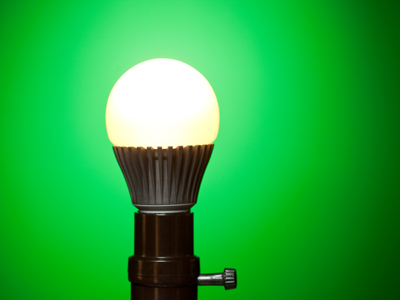
Physics - Wasted Energy and Efficiency (AQA)
Quiz about Heat Energy
In GCSE Science students will spend some time looking at the transfer of heat energy. This is the third of eight quizzes on the topic and it looks at efficiency in energy transfers and how some energy (in the form of heat, light or sound for example) is wasted.
When energy is transferred only part of it is usefully transferred - the rest is ‘lost’. Only it isn't really lost. It is still there but in different forms and spread out into the surroundings, so we refer to it as 'wasted energy'. This wasted energy is often in the form of heat but could be in other forms like light and sound. One way or another, the energy that has been transferred to the surroundings makes them warmer. The wasted energy is increasingly spread out and is therefore a lot less useful.
(efficiency x input wattage) ÷ 100 = output wattage
Total power generated: 62,161.5 MW
Step-up transformer losses: 157 MW
Step-down transformer losses: 142 MW
Losses caused by heating of the cables during transmission: 1.4%
Ready for more?
not all...
quizzers. Try to win a coveted spot on our Hall of Fame Page.







